Dale Farm reports a turnover lift, a profit lift and more pep in its step as it looks to the future.
While it’s all positive, at the same time the set of numbers just released show the fine margins in dairy processing.
Among other products, Dale Farm is known by Irish consumers north and south for its ice cream– primarily, its Dale Farm-branded ice cream and, more recently, niche brands such as Mullin’s Ice Cream.
The kingmaker is the cheese business
However, there is much more to Dale Farm than ice cream. The kingmaker is the cheese business. Dale Farm has a decent feed business and a growing cheese business.
Feed is big volume business in Northern Ireland and the Dale Farm feed mills at Belfast and Dungannon are turning out 225,000t of feed. However, it is Dale Farm’s cheese business that more and more looks like the future for Dale Farm.
If we look at the Dale Farm Group as whole, approximately 60% of the output leaves the island of Ireland, so cheese and whey are important in the overall context.
The latest twist in that business was a decision to partner with Arla and tanker the whey liquid (80% protein) from Cookstown to Denmark
Nick Whelan came to Dale Farm four years ago with a Kerry Group and Glanbia pedigree and the expertise to try to make something more of the whey stream that comes with the Dale Farm cheese business.
The latest twist in that business was a decision to partner with Arla and tanker the whey liquid (80% protein) from Cookstown to Denmark for inclusion in the Arla infant formula.
Up to then, Dale Farm had been playing in drying the whey product for the sports nutrition space.
Whelan is well aware that the product is making a good return for Arla but he contends the move equally makes sense for Dale Farm
As the margin leaked out of that business, Dale Farm moved away from it. This new Arla partnership means instead of drying the whey, Dale Farm is selling the high protein liquid concentrate in tankers.
Whelan is well aware that the product is making a good return for Arla but he contends the move equally makes sense for Dale Farm. He is keen on the Arla partnership and says it is working well.
Milk pool
The total milk pool this year is 895m litres. In relative terms, the pool is about twice the size of Arrabawn or Aurivo, half the size of Lakeland and about one-third the size of the Glanbia pool.
Growing the milk pool isn’t high on the agenda at Dale Farm, but it is growing. The prediction is that the pool will grow 3% this year.
Dale Farm hasn’t the processing capacity for the milk that it has at peak, not to mind any growth milk, so it won’t be campaigning for new milk. This week, Strathroy wrote to suppliers in the Republic introducing two-tier pricing over peak which shows the capacity pinch.
If we look at the five-year trend for the Dale Farm business, it has increased turnover from £370m (€431m) to £524m (€610m), operating profit from £9m (€10.5m) to £14m (€16.3m) and EBITDA from £15m (€17.5m) to £20.8m (€24.2m).
Like everyone else in the food service business, it got clobbered in 2020 so the speciality food service sector that gives a bounce when the sun shines and restaurants are open fell 50% on the previous year and the retail products got a 15% bounce instead.
So operating profits of 2.7% show the tight margin and Whelan says 3% is the ambition, but, it is going to take time to get there. Working hard on costs, lean processing and watching total operating efficiencies are all part of the plan.
Q&A: Nick Whelan, Dale Farm CEO
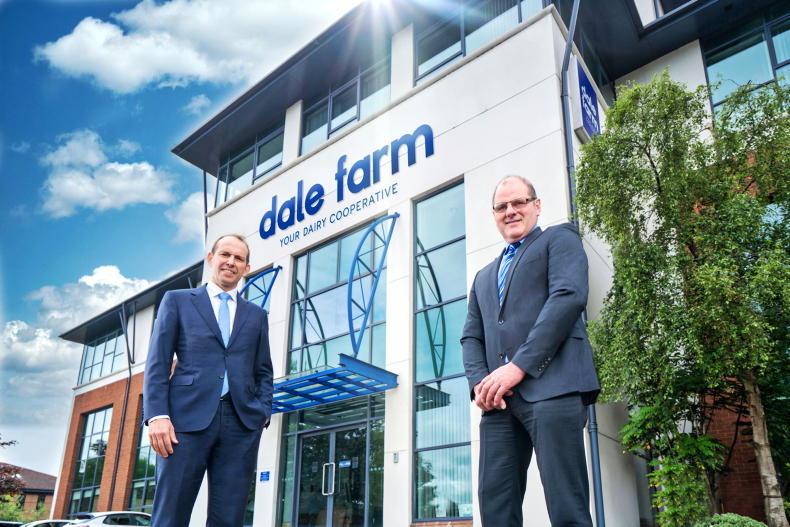
Nick Whelan and Fred Allen.
JK: Your financials look to be going in the right direction?
NW: Turnover is up £19m (€22.1m) from £505m (€588m) in what was a very unusual trading year. Margins are still very tight. A different result on Brexit would have wiped out our business. The Northern Ireland trading protocol is an extra cost and hassle but, in the overall scheme of things, not a game-changer.
Do you reckon impending climate legislation could have a detrimental effect on your business?
Handled incorrectly then, of course, yes it could. Our board is taking the whole area around sustainability and the environment very seriously at supplier level.
We have a good story to tell on carbon footprinting and sequestration compared to the rest of the world.
There is more stability and confidence in the supply base and the business?
Yes, definitely there is and our rebranding has gone down well with our farmers and customers and restored a sense of pride in the business that might have dropped off. We are not looking to grow turnover to £1bn. Our goal is to make more from what we have. A 3% operating margin will be success for us.
You started with Dale Farm saying you would improve milk prices and reinvigorate the supply base. The pool has stabilised and grown. Have you delivered on price?
We are still on that journey. Over a five-year average, we have delivered a base price of 25.7p/l (30c/l). Obviously this is largely driven by global markets, but, importantly for our fresh milk business cost structure, is challenging with inflation in packaging, people costs, etc.
What will deliver on ambition and success for Dale Farm?
Firstly, the right team. Secondly, a focus on margins and managing inflationary costs is crucial for us. That means tough calls and compromises. Managing risk in a low-margin business is crucial. We look at trying to develop niche products in the fresh market business and we have success. We are not in the agri-trading business which was the place to be last year.
Any outside challenges that could hamper success?
Look, there are always headwinds and challenges but this industry always finds a way. It’s very resilient.
I suspect Dale Farm is lining up its ducks for a crack at an investment in further developing the cheese business.
Looking in from the outside, it’s in that game where they need to be playing for long-term sustainability.
The ship has very much stabilised since milk started leaving to other northern processors in the early 2000s
The 40% growth in this space over the last five years shows this is the direction of travel. The ship has very much stabilised since milk started leaving to other northern processors in the early 2000s.
The margins are tight in fresh milk. We know the story. The retailers have options and hence the power. You pull out and they have a queue to fill the space.
However, as a part of the business, it works for the moment for Dale Farm. It helps on the milk flows. In the long term will it work? I don’t think so.
I suspect over time it will become a smaller part of the pool and the Dale Farm business.
The Dale Farm numbers compare well to its peers
As the returns and investments in other areas improve gradually the business dependency on the fresh milk space will reduce.
The Dale Farm numbers compare well to its peers, but is in a very different margin space to the Kerry Group business profiled last week investing in 15% margin businesses, but that’s the reality in dairy processing.
Dale Farm reports a turnover lift, a profit lift and more pep in its step as it looks to the future.
While it’s all positive, at the same time the set of numbers just released show the fine margins in dairy processing.
Among other products, Dale Farm is known by Irish consumers north and south for its ice cream– primarily, its Dale Farm-branded ice cream and, more recently, niche brands such as Mullin’s Ice Cream.
The kingmaker is the cheese business
However, there is much more to Dale Farm than ice cream. The kingmaker is the cheese business. Dale Farm has a decent feed business and a growing cheese business.
Feed is big volume business in Northern Ireland and the Dale Farm feed mills at Belfast and Dungannon are turning out 225,000t of feed. However, it is Dale Farm’s cheese business that more and more looks like the future for Dale Farm.
If we look at the Dale Farm Group as whole, approximately 60% of the output leaves the island of Ireland, so cheese and whey are important in the overall context.
The latest twist in that business was a decision to partner with Arla and tanker the whey liquid (80% protein) from Cookstown to Denmark
Nick Whelan came to Dale Farm four years ago with a Kerry Group and Glanbia pedigree and the expertise to try to make something more of the whey stream that comes with the Dale Farm cheese business.
The latest twist in that business was a decision to partner with Arla and tanker the whey liquid (80% protein) from Cookstown to Denmark for inclusion in the Arla infant formula.
Up to then, Dale Farm had been playing in drying the whey product for the sports nutrition space.
Whelan is well aware that the product is making a good return for Arla but he contends the move equally makes sense for Dale Farm
As the margin leaked out of that business, Dale Farm moved away from it. This new Arla partnership means instead of drying the whey, Dale Farm is selling the high protein liquid concentrate in tankers.
Whelan is well aware that the product is making a good return for Arla but he contends the move equally makes sense for Dale Farm. He is keen on the Arla partnership and says it is working well.
Milk pool
The total milk pool this year is 895m litres. In relative terms, the pool is about twice the size of Arrabawn or Aurivo, half the size of Lakeland and about one-third the size of the Glanbia pool.
Growing the milk pool isn’t high on the agenda at Dale Farm, but it is growing. The prediction is that the pool will grow 3% this year.
Dale Farm hasn’t the processing capacity for the milk that it has at peak, not to mind any growth milk, so it won’t be campaigning for new milk. This week, Strathroy wrote to suppliers in the Republic introducing two-tier pricing over peak which shows the capacity pinch.
If we look at the five-year trend for the Dale Farm business, it has increased turnover from £370m (€431m) to £524m (€610m), operating profit from £9m (€10.5m) to £14m (€16.3m) and EBITDA from £15m (€17.5m) to £20.8m (€24.2m).
Like everyone else in the food service business, it got clobbered in 2020 so the speciality food service sector that gives a bounce when the sun shines and restaurants are open fell 50% on the previous year and the retail products got a 15% bounce instead.
So operating profits of 2.7% show the tight margin and Whelan says 3% is the ambition, but, it is going to take time to get there. Working hard on costs, lean processing and watching total operating efficiencies are all part of the plan.
Q&A: Nick Whelan, Dale Farm CEO

Nick Whelan and Fred Allen.
JK: Your financials look to be going in the right direction?
NW: Turnover is up £19m (€22.1m) from £505m (€588m) in what was a very unusual trading year. Margins are still very tight. A different result on Brexit would have wiped out our business. The Northern Ireland trading protocol is an extra cost and hassle but, in the overall scheme of things, not a game-changer.
Do you reckon impending climate legislation could have a detrimental effect on your business?
Handled incorrectly then, of course, yes it could. Our board is taking the whole area around sustainability and the environment very seriously at supplier level.
We have a good story to tell on carbon footprinting and sequestration compared to the rest of the world.
There is more stability and confidence in the supply base and the business?
Yes, definitely there is and our rebranding has gone down well with our farmers and customers and restored a sense of pride in the business that might have dropped off. We are not looking to grow turnover to £1bn. Our goal is to make more from what we have. A 3% operating margin will be success for us.
You started with Dale Farm saying you would improve milk prices and reinvigorate the supply base. The pool has stabilised and grown. Have you delivered on price?
We are still on that journey. Over a five-year average, we have delivered a base price of 25.7p/l (30c/l). Obviously this is largely driven by global markets, but, importantly for our fresh milk business cost structure, is challenging with inflation in packaging, people costs, etc.
What will deliver on ambition and success for Dale Farm?
Firstly, the right team. Secondly, a focus on margins and managing inflationary costs is crucial for us. That means tough calls and compromises. Managing risk in a low-margin business is crucial. We look at trying to develop niche products in the fresh market business and we have success. We are not in the agri-trading business which was the place to be last year.
Any outside challenges that could hamper success?
Look, there are always headwinds and challenges but this industry always finds a way. It’s very resilient.
I suspect Dale Farm is lining up its ducks for a crack at an investment in further developing the cheese business.
Looking in from the outside, it’s in that game where they need to be playing for long-term sustainability.
The ship has very much stabilised since milk started leaving to other northern processors in the early 2000s
The 40% growth in this space over the last five years shows this is the direction of travel. The ship has very much stabilised since milk started leaving to other northern processors in the early 2000s.
The margins are tight in fresh milk. We know the story. The retailers have options and hence the power. You pull out and they have a queue to fill the space.
However, as a part of the business, it works for the moment for Dale Farm. It helps on the milk flows. In the long term will it work? I don’t think so.
I suspect over time it will become a smaller part of the pool and the Dale Farm business.
The Dale Farm numbers compare well to its peers
As the returns and investments in other areas improve gradually the business dependency on the fresh milk space will reduce.
The Dale Farm numbers compare well to its peers, but is in a very different margin space to the Kerry Group business profiled last week investing in 15% margin businesses, but that’s the reality in dairy processing.





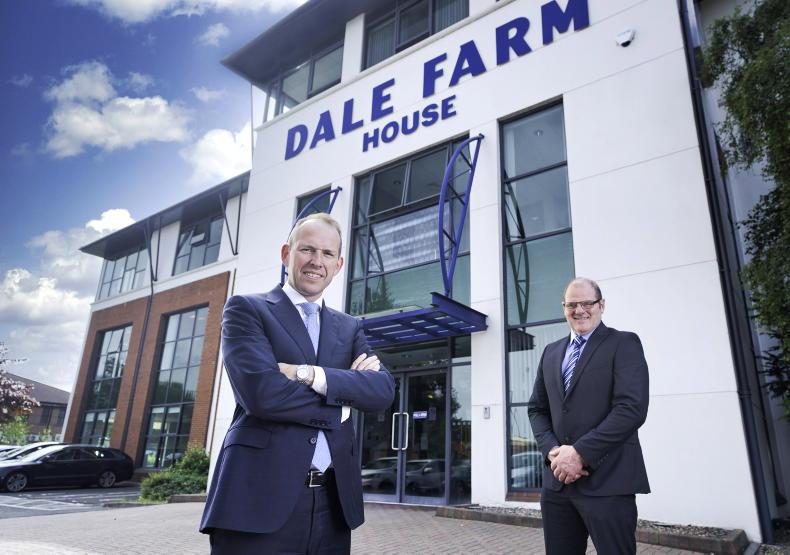
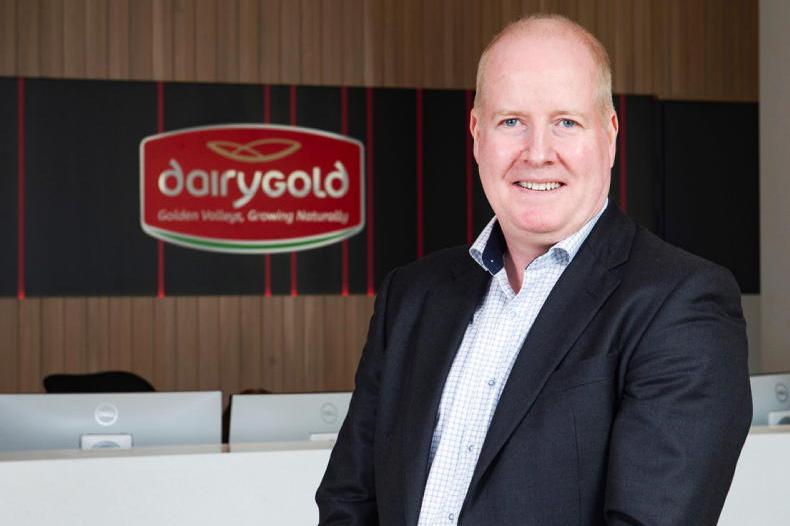

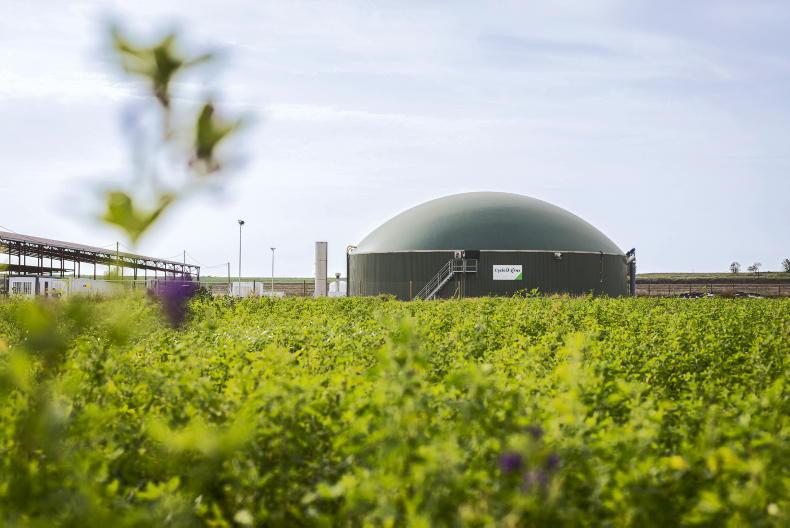
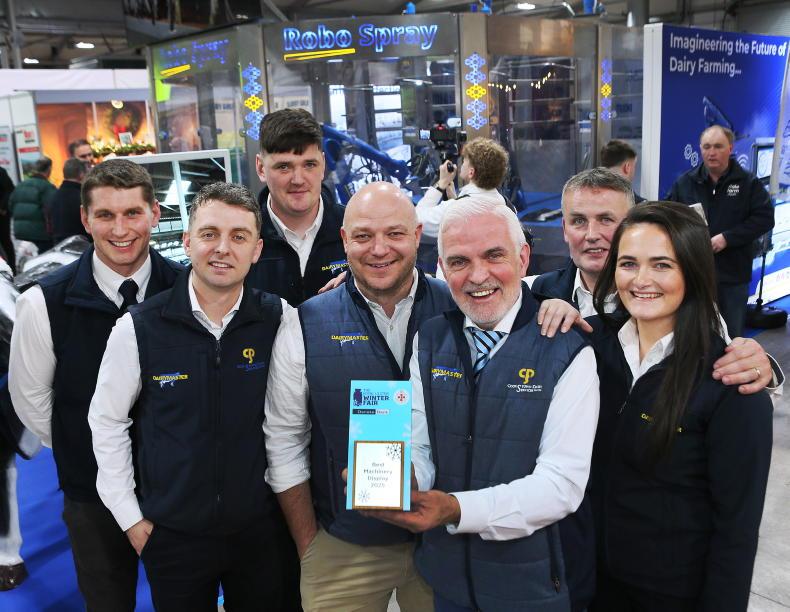
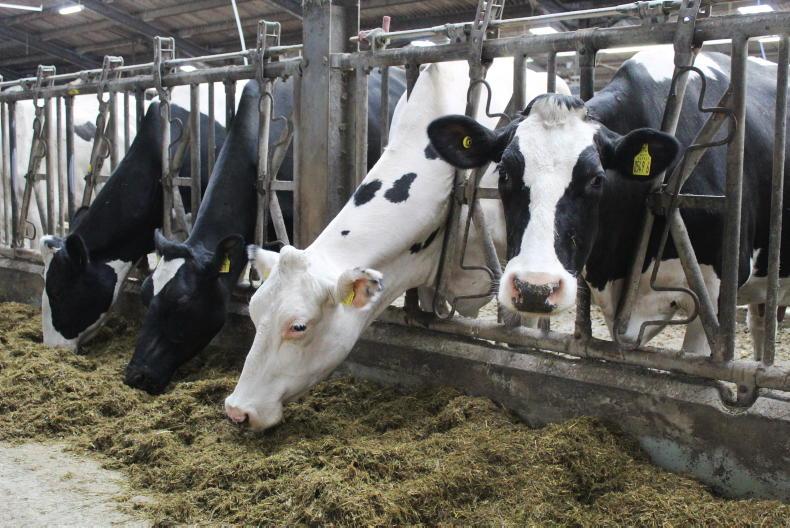
SHARING OPTIONS